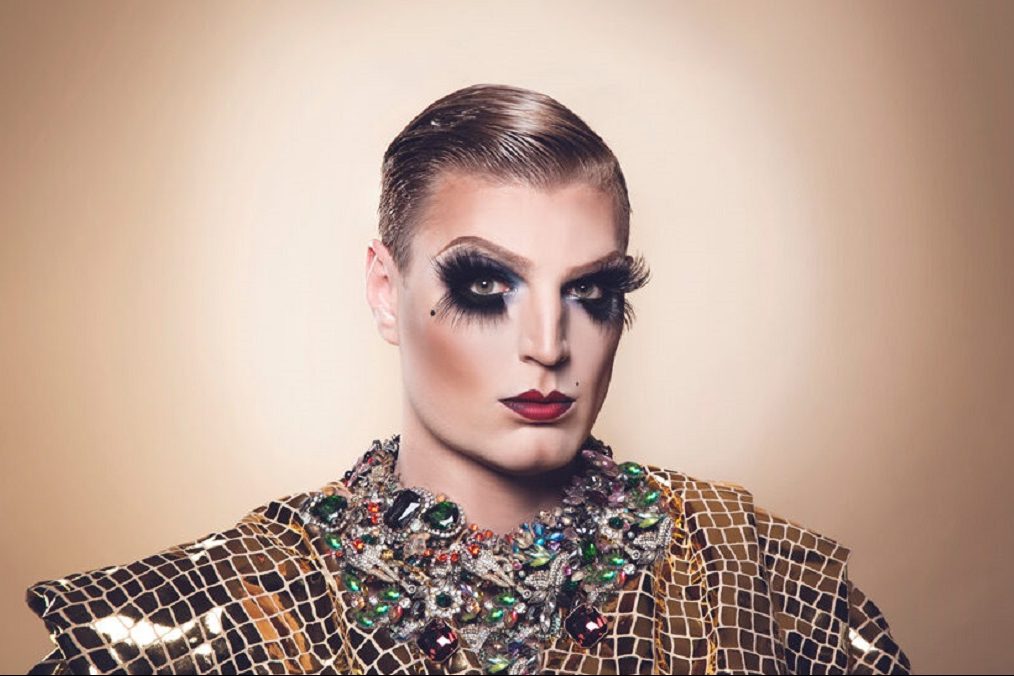THE National Gallery of Australia’s fourth National Indigenous Art Triennial is almost on us, and this time there’s a difference, with a focus on the art of south-eastern Australia.
The first triennial, “Culture Warriors”, opened in 2007 to coincide with the 40th anniversary of the 1967 Referendum and the 50th anniversary of NAIDOC and was followed by “unDisclosed” in 2012 and “Defying Empire” in 2017.
But the curator of the Triennial, Hetti Perkins – the daughter of legendary civil rights activist, Charles Perkins, and sister to film and television director/producer, Rachel Perkins – has her own slant.
One of Australia’s leading curators, who co-curated Australia’s pavilion at the Venice Biennale and the Australian indigenous art commission for the Musée du Quai Branly in Paris with Canberra’s Brenda L Croft, she will be showing that artists have been practising in south-east Australia, not just in Central Australia, the Kimberley and the Torres Strait.
To do that, she and her team have commissioned new artwork especially for the triennial, and she says it took people a while to think about what they wanted to do.
She praises the gallery and its director Nick Mitzevich, who has willingly accepted a show with what she calls “a fairly unknown content”. And as Mitzevich told me recently outside the gallery’s big light installation, a lot of the work in the fourth triennial is installation or process-based.
A perfect example will be several ceremonial “scar trees”, executed by Paul Girrawah House in the gallery grounds and around the Parliamentary Triangle in consultation with his mum, Ngambri-Ngunnawal elder, Matilda.
That is particularly moving to Perkins who says: “I know dad was good mates with Matilda” – that goes back to the time her father spent working at the Department of Aboriginal Affairs.
“It’s really amazing to have such surprising works as a part of the triennial and to have the NGA acknowledge that Canberra is in a place that is politically contested.”
The theme of the ceremony, she says, is also intricately connected to country, community and culture and gives a strong message of concern with the climate emergency.
But, Hetti stresses, it was never meant to be prescriptive and she didn’t attempt to do it that way.
“I have been primarily interested as a curator in the south-east part of Australia, an area that deserves more of the spotlight,” she says.
“These artists have not been previously featured in national exhibitions and it brings a cohort of new voices.”
Those voices range from the Karna people of the Adelaide Plains, but are mostly from NSW, from the large nations of Gamilaroi and Wiradjuri to the local Ngambri-Ngunnawal people and the lost culture of the nearby Walgalu people.
“In fact, we show that Canberra is in the middle of a cultural heartland,” Hetti says.
“We know so little about this, about the dynamic cultural practice happening right around us.”
Seamlessly, she says, the focal artists have created a narrative that sometimes takes in the wider First Nations community.
Wiradjuri artist Nicole Foreshew, for instance, has created beautiful ceramic bowls as a kind of ceremonial offering, but her work also reveals a relationship with an elderly Gija woman from WA, whose paintings are exhibited.
Another unusual inclusion is the work of Wiradjuri writer-artist SJ Norman who engraves sheep and cattle bones – “the two the totemic beasts of colonisation,” Hetti says – with extinct languages, especially the nearby language and culture of the Walgalu people.
One of the highest-visibility inclusions comes from Yawuru artist Robert Andrew who, working with Walgalu/Wiradjuri curator Aidan Hartshorn, the NGA’s Wesfarmers indigenous assistant curator, has installed ochre-covered walls on which his cutting-edge “writing machine” works, removing the outer layer of the ochre to show the art.
4th National Indigenous Art Triennial: “Ceremony”, NGA, March 26-July 31. Free to the public.
Who can be trusted?
In a world of spin and confusion, there’s never been a more important time to support independent journalism in Canberra.
If you trust our work online and want to enforce the power of independent voices, I invite you to make a small contribution.
Every dollar of support is invested back into our journalism to help keep citynews.com.au strong and free.
Thank you,
Ian Meikle, editor









Leave a Reply